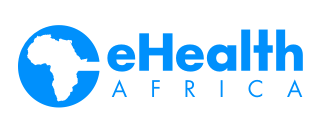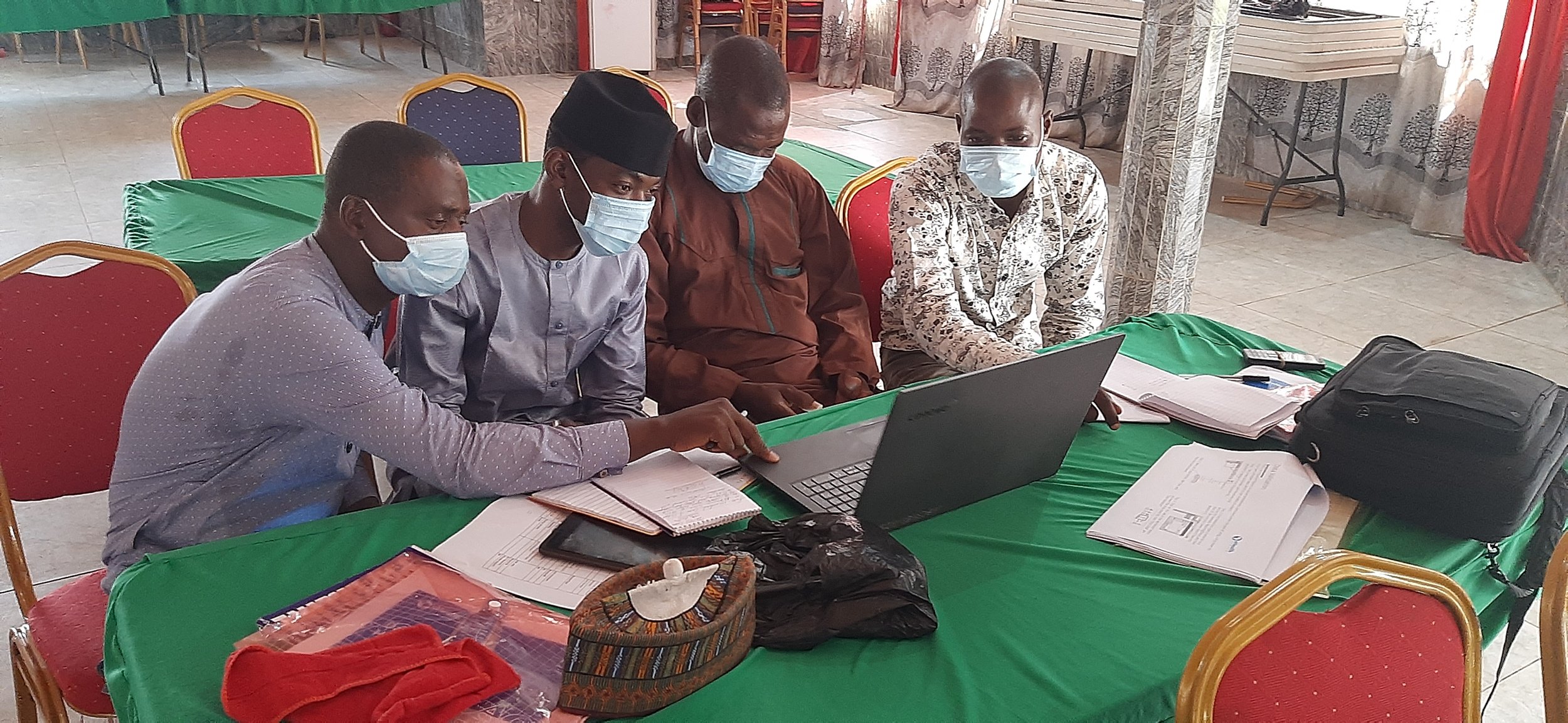Fortunately, eHealth Africa is implementing the Data for Action project to address these issues. The Data for Action effort is a component of the Subnational Emergency Preparedness and Response Capacity Building (SERCB) program, an initiative of the NCDC. The SERCB effort provides an overall emergency preparedness capacity at the state level. Its Data for Action component provides data and information for prompt response action that underpins emergency preparedness. Resolve to Save Lives (RTSL) funds this intervention, which involves delivering solutions for the benefit of the NCDC and state-based Public Health Emergency Operations Center (PHEOCs). Successfully implementing Data for Action will provide data that will support an early warning system, allowing stakeholders to detect and respond to potential disease outbreaks before they assume challenging proportions. The states will also have the critical capacity and resources to sustain the use of data for decision making at the local and sub-national levels.
eHA has conceived an early warning system that should involve the aggregation and analysis of data. This will cause periodic reporting of identified diseases from the ward unit up to the state level, with a mechanism that shows the reported disease and the frequency of occurrence. It should also define what level of spread and actions to be taken if an outbreak is imminent.
To arrive at these solutions, we implemented a bottleneck assessment in Kano and Kebbi states that helped us identify the critical challenges preventing the seamless flow of data from the various ward units right up to the state and the center. eHA’s findings from the assessment were addressed by investing in creating data products, building the capacity of disease surveillance and notification officers on data clean up, analysis and presentation. We also trained community informants on disease identification to help improve the sensitivity of surveillance systems. If they can accurately identify diseases, we can report more and ensure that relevant public health actors do not miss potential outbreaks.
eHA also provided infrastructure and equipment support to ensure the conducive functioning of the PHEOCs. For instance, we operationalized a power generating set in Kano and provided a six-month diesel supply and internet connectivity to support data analysis. In Kebbi state, we provided additional equipment to support communication and visualization, including projectors and screens, public address systems, internet connectivity, air conditioners and water dispensers. Kebbi PHEOC, still at its nascent stage, requires these pieces of equipment to improve their work, and we are glad they are being put to good use.
In the coming days, we will implement additional training on data use and ensure beneficiaries can produce data products or reports that give insights on the prevalence rate of six priority infections. These include Cholera, COVID-19, Lassa Fever, Measles, Meningitis and Yellow Fever. These diseases are the most prevalent in Kano and Kebbi states. Hence, tracking them will help reduce the prevalence of these outbreaks and the safety of Children. We will back up this effort with periodic supportive supervision to ensure that valuable data is available to ensure decision-makers keep their citizens safe and prevent more disease outbreaks.






